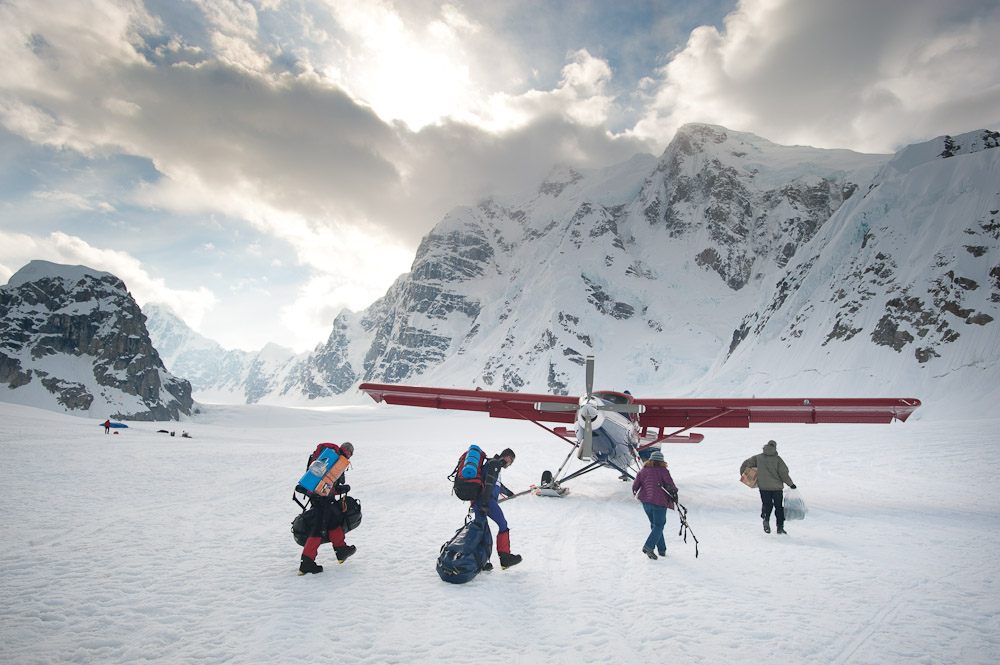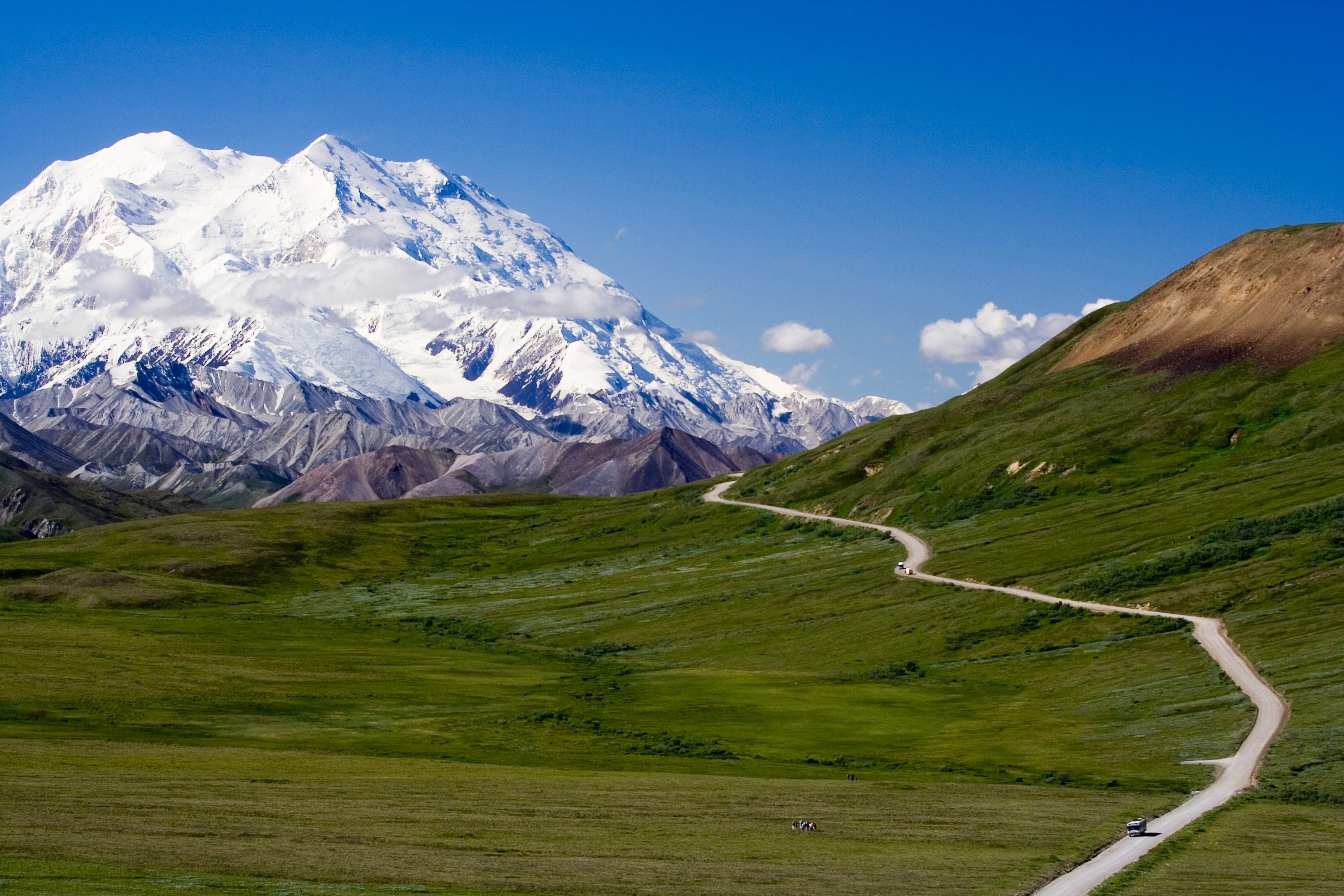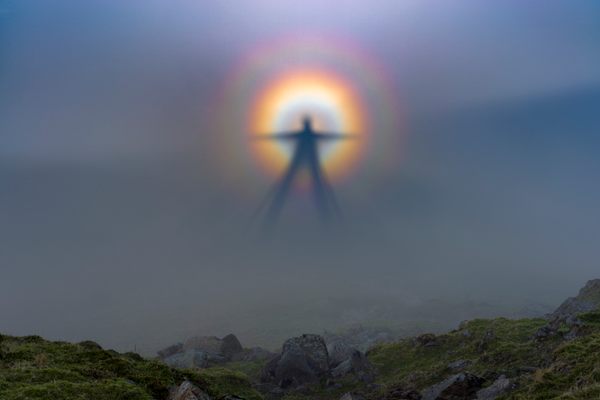The National Park Service Kindly Requests You Stop Leaving Your Poop on Denali
When in doubt, carry it out.

Alaska’s Denali mountain is the highest peak in North America and is home to beautiful wildlife, exquisite glaciers, and tons of poop.
The Associated Press reported that according to a new study by glacier geologist Michael Loso, from 1951 to 2012, 36,000 climbers have deposited anywhere from 152,000 to 215,000 pounds of human waste on Kahiltna Glacier. That’s roughly the weight of 71 Beluga whales, if anyone is counting.
It’s not surprising. Kahiltna is a major trekking route to Denali’s summit. Around 90 percent of people use it, so climbers and their excrement drop by.
Around 1,100 people climb Denali every year. Since 2007, the U.S. National Park Service has required that climbers who venture above 14,200 feet must use portable toilets—most of which resemble a large coffee can—for their waste. Climbers between base camp at 7,200 feet and 14,200 feet must throw biodegradable bags containing their poop deep into designated glacier crevasses. (Above 14,200 feet there are no crevasses, hence the need for the portable cans.)
According to Loso’s 10-year findings, however, poop flung into crevasses never actually makes it into the glacier’s abyss, so it doesn’t dissolve. Rather, it reappears in glacial meltwater.

His research team found this result by testing Kahiltna Glacier meltwater for fecal contamination and analyzed if bacterial waste could survive in different environments on the mountain, such as deep below base camp and at the summit for a year. While the water tests were clean, the waste at all four zones remained a little below freezing—conditions that keep bacteria alive.
Setting jokes aside, this can lead to serious consequences. Climbers and the National Park Service staff use Denali’s runoff snow for drinking water. If human excrement contaminates that water, dangerous bacteria like E.coli can fester in climbers’ intestines, cause diarrhea, and subsequent dehydration. When climbing up 18,000 feet at high altitudes, the last thing a climber needs is a deadly illness.
The research is frightening but encouraging news for the National Park Service. They told the Associated Press that they already have measures in place, but proposed regulations that would restrict mountaineers to a specific dump location at a certain elevation. Beyond that point, they’ll have to carry it.
“I think that’s a pretty reasonable thing to do to promote cleanliness and to keep water coming out of Kahiltna Glacier reasonably clean,” said Tom Kirby, an American Alpine Institute guide.
“Who would like to see a big pile of human waste?” asked Denali guide Colby Coombs. “That’s disgusting.”














Follow us on Twitter to get the latest on the world's hidden wonders.
Like us on Facebook to get the latest on the world's hidden wonders.
Follow us on Twitter Like us on Facebook